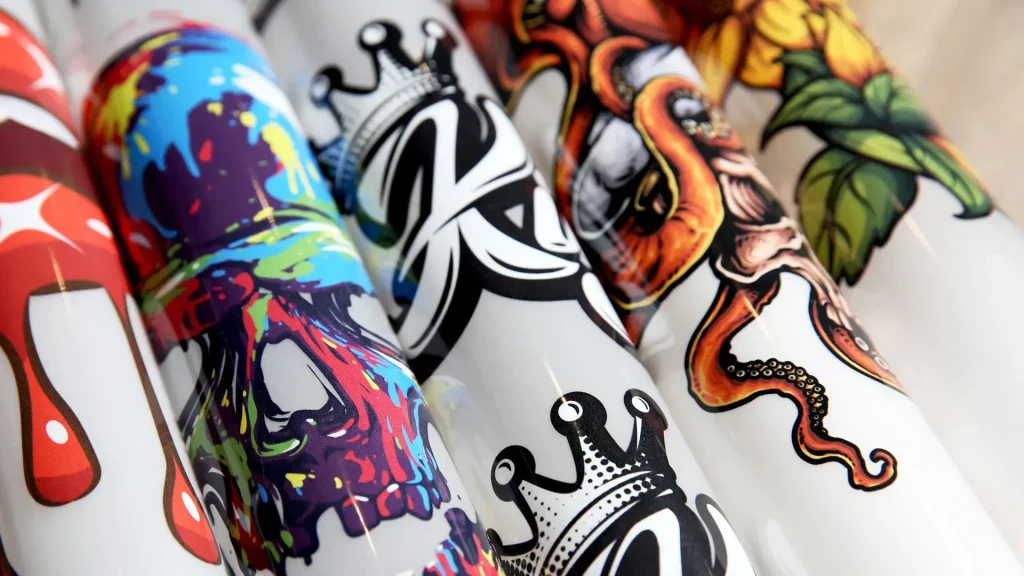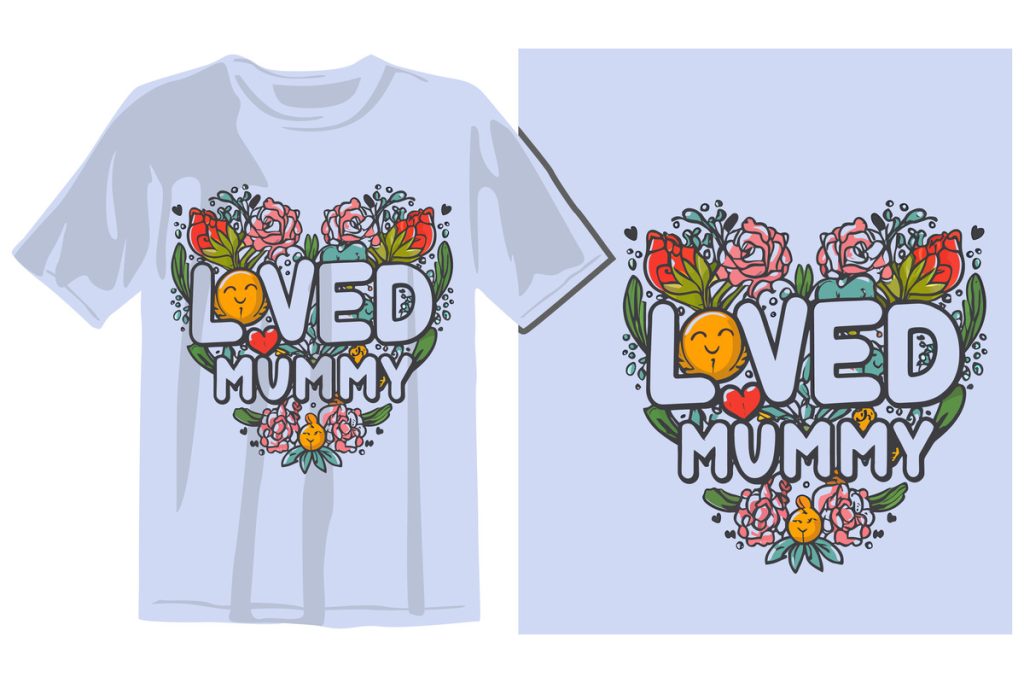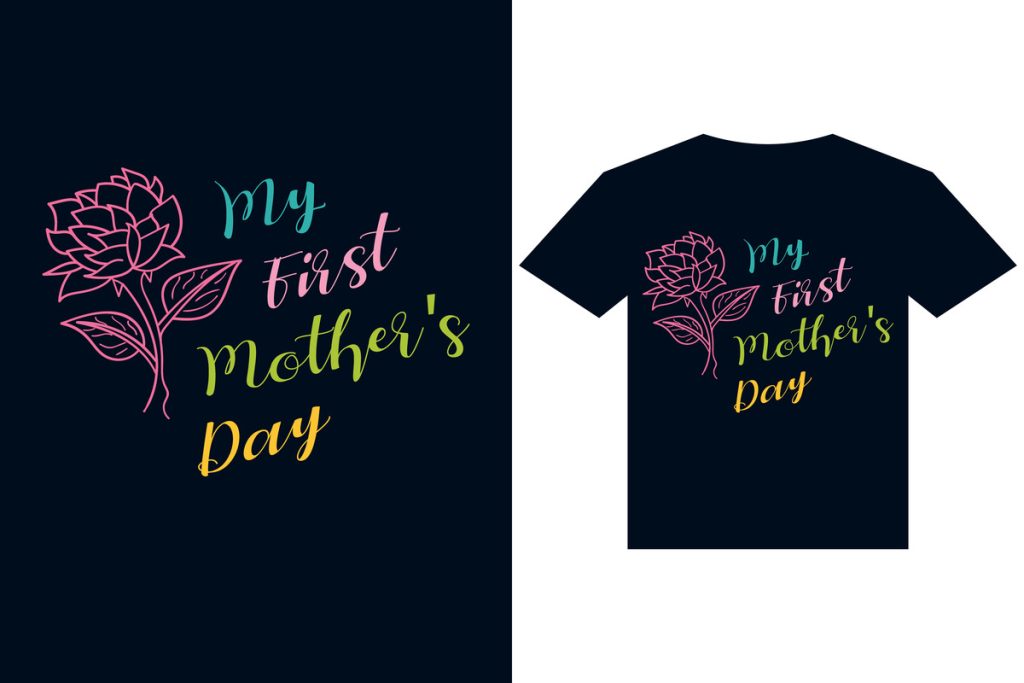In the rapidly advancing world of textile printing, DTF transfer techniques have emerged as a transformative approach that empowers businesses to engage in high-quality garment decoration. This innovative method utilizes direct-to-film technology, enabling designs to be printed on a special film and then transferred to various fabrics with impressive precision. As print-on-demand services become increasingly popular, mastering DTF printing techniques can open new avenues for customization and creativity. The benefits of DTF printing technology extend beyond mere aesthetics; they include a commitment to eco-friendly practices and versatility across different materials, making it an attractive option for modern entrepreneurs. Embracing DTF transfer techniques not only enhances production capabilities but also positions businesses favorably in a competitive market offering vibrant, personalized apparel.
Direct-to-Film (DTF) transfer processes represent a significant leap in digital transfer printing, revolutionizing how designs are applied to fabrics. This method, sometimes referred to as DTF printing technology, simplifies the transfer of intricate graphics onto various materials while ensuring high resolution and color vibrancy. Unlike traditional garment decoration techniques, DTF enables quick production turnaround for print on demand, catering to the growing consumer desire for customized products. With its unique combination of quality, eco-friendliness, and adaptability, businesses that embrace DTF transfer applications can easily meet diverse market demands and enhance customer satisfaction. Fostering innovation in this realm allows printing companies to thrive as they navigate the evolving landscape of fashion and merchandise.
Exploring the Basics of DTF Transfer Printing
DTF transfer printing has emerged as a unique and effective method in the digital printing landscape. By utilizing a specialized film, this technique enables printers to apply intricate designs onto various fabrics. The process involves printing your artwork onto a film, applying a powdered adhesive, and then using heat and pressure to transfer the design onto the fabric. This flexibility allows businesses not only to produce vibrant and detailed prints but also to cater to a wide array of materials including cotton, polyester, and even blends. Understanding the mechanics of DTF transfer printing is essential for any printing business aiming to enhance its product offerings.
This method stands apart from traditional printing techniques like Direct-to-Garment (DTG) or screen printing, primarily due to its adaptability and efficiency. DTF printing is particularly suited for on-demand services, allowing printers to fulfill custom orders without the need for large upfront investments in inventory. As the demand for customized and personalized products grows, savvy business owners can harness the power of DTF transfer printing to diversify their product lines and reach new customers across various industries, from fashion to promotional merchandise.
Understanding the Benefits of DTF Printing Techniques
The advantages of DTF printing techniques extend beyond just quality and versatility. One of the primary benefits includes the ability to produce high-resolution images that retain their integrity even with complex designs. This technology allows for greater creativity and intricate designs without sacrificing detail, which is paramount in the competitive garment decoration market. Furthermore, advancements in DTF printing technology have led to the development of printers that deliver faster speeds while ensuring exceptional print quality, which can significantly boost a business’s productivity.
Eco-conscious initiatives are another significant benefit of DTF printing. Many DTF processes utilize water-based inks and environmentally friendly practices, aligning with consumer expectations and regulatory standards. Businesses that adopt these practices not only appeal to a growing demographic of environmentally aware consumers but also contribute to a more sustainable industry. As the trend toward sustainability continues to shape consumer products, leveraging DTF printing methods that emphasize eco-friendliness can provide a critical competitive edge for businesses.
Versatility of DTF Printing Across Various Fabrics
One of the most compelling aspects of DTF printing is its versatility across different fabric types. This allows businesses to tap into multiple markets, expanding their reach from fashion apparel to promotional items. Whether it’s cotton t-shirts, polyester sportswear, or even mixed fabrics, DTF transfer techniques facilitate a wide range of applications. This adaptability is especially beneficial for businesses that aim to respond quickly to changing fashion trends and customer demands, ensuring that they can stay ahead in a fast-moving market.
Moreover, this versatility enables businesses to offer a variety of products without the significant upfront costs associated with other printing methods. Custom apparel and personalized merchandise are increasingly popular, and with DTF printing, companies can meet this demand effortlessly. By exploring these diverse applications, businesses can create unique offerings that attract various demographics, thus cultivating a more loyal customer base and enhancing overall profitability.
Innovative Strategies for Maximizing DTF Printing Potential
To thrive in the competitive world of garment decoration, printing businesses must adopt innovative strategies when utilizing DTF transfer printing. One effective approach involves experimenting with the complexity of designs, leveraging the high-detail capabilities of DTF technology. By collaborating with local artists or utilizing designs from digital marketplaces, businesses enhance their appeal and attract new customers seeking unique or exclusive designs. This creative strategy not only enriches the product offering but also helps establish a brand identity that resonates with consumers.
Additionally, employing color management tools ensures that businesses maintain consistency across prints, which is vital for large orders and brand cohesiveness. Quality assurance through advanced color management can differentiate a brand in a crowded market, promoting trust and reliability among customers. Incorporating such innovative practices will significantly enhance a business’s ability to maximize the benefits of DTF transfer printing, facilitating steady growth and customer retention.
Market Trends and Opportunities for DTF Printing
The market for DTF printing is on a remarkable growth trajectory, with recent studies indicating compound annual growth rates exceeding 8%. This growth is spurred by the rising demand for customized apparel, which aligns perfectly with the capabilities offered by DTF transfer techniques. Businesses that recognize this trend can position themselves strategically to capture new market segments and increase their sales volume. This proactive approach to market research and trend analysis is essential for staying competitive in the printing industry.
Furthermore, the popularity of print-on-demand services has cemented the role of DTF printing in meeting consumer expectations for personalization. As more businesses move towards less wasteful inventory practices, DTF technology provides an effective solution to fulfill custom orders promptly without sacrificing quality. Embracing these market opportunities not only helps businesses grow but also contributes to a more sustainable and customer-centric approach in the printing industry.
Enhancing Customer Engagement through DTF Printing
In the landscape of digital transfer printing, enhancing customer engagement is vital for sustaining business growth. Printing companies can utilize DTF technology to create bespoke products that align closely with customer preferences, thus fostering deeper connections. By actively soliciting feedback on designs, materials, and product offerings, businesses can refine their strategies to better meet customer needs. Engaging customers through social media campaigns or design contests can also create a sense of community, encouraging loyal patronage and driving word-of-mouth marketing.
Moreover, offering sample products that showcase the quality and versatility of DTF prints can be a powerful marketing tool. By providing prospective clients with tangible samples across various fabric types and designs, businesses can illustrate the advantages and flexibility of DTF techniques. This direct interaction not only helps in building trust but also positions the business as an industry leader in innovation and customer satisfaction.
Frequently Asked Questions
What is DTF transfer printing and how does it work?
DTF transfer printing, or Direct-to-Film printing, is a textile printing technique where designs are printed onto a special film. This film is then used to transfer beautiful, high-resolution images onto various fabrics using heat and pressure. This method excels in transferring detailed designs and vibrant colors, making it a preferred choice in garment decoration.
What are the benefits of using DTF printing techniques for custom apparel?
DTF printing techniques offer numerous benefits for custom apparel, including high-resolution outputs, versatility across different fabrics, eco-friendly options with water-based inks, and enhanced speed in production. This allows businesses to meet diverse customer demands while maintaining sustainability standards.
Can DTF transfer techniques work on any fabric type?
Yes, DTF transfer techniques are highly versatile and can be applied to a wide range of fabric types. This includes cotton, polyester, blends, and more, making DTF technology an ideal solution for various markets such as athleisure, promotional products, and custom merchandise.
How can businesses maximize their investment in DTF printing technology?
To maximize investments in DTF printing technology, businesses should embrace training resources and educational workshops that focus on best practices. Additionally, exploring innovative design techniques and effective marketing strategies can help maintain competitive advantages and improve overall output quality.
What sustainability practices are involved in DTF printing?
DTF printing incorporates eco-friendly practices by utilizing water-based inks and eco-solvents, reducing environmental impact. This shift not only helps businesses comply with regulations but also caters to an increasing consumer demand for sustainable fashion options.
What market growth potential does DTF printing technology offer?
DTF printing technology has significant market growth potential, with projections showing compound annual growth rates exceeding 8%. As the demand for customizable apparel and promotional items continues to rise, businesses that adopt DTF techniques can capitalize on these growth opportunities, expanding their offerings to a broader customer base.
| Aspect | Details |
|---|---|
| Understanding DTF Transfer Printing | A technique that prints designs onto a special film for transfer onto fabrics using heat and pressure. |
| High-Resolution Printing | Allows for high-quality prints with vibrant colors and fine details using advanced printers. |
| Eco-Friendly Practices | Incorporates water-based inks and eco-solvents to reduce environmental impact. |
| Versatility Across Materials | Applicability on various fabrics catering to numerous markets, from athleisure to promotional merchandise. |
| Training and Resources | Workshops and online courses available to help professionals adopt best practices. |
| Market Growth Potential | Projected growth rate exceeding 8% highlighting increasing demand for customizable products. |
| Innovative Techniques | Strategies include experimenting with designs, color management, marketing samples, and customer engagement. |
Summary
DTF transfer techniques represent a transformative approach to modern printing, significantly impacting the way businesses operate. By harnessing the power of high-resolution outputs, eco-friendly practices, and versatile applications across a variety of materials, companies can innovate and expand their offerings effectively. As DTF technology continues to evolve, embracing continuous learning and adaptation will further enhance market presence and customer satisfaction. Those who incorporate these innovative techniques are poised to thrive in an industry that values quality and sustainability.



